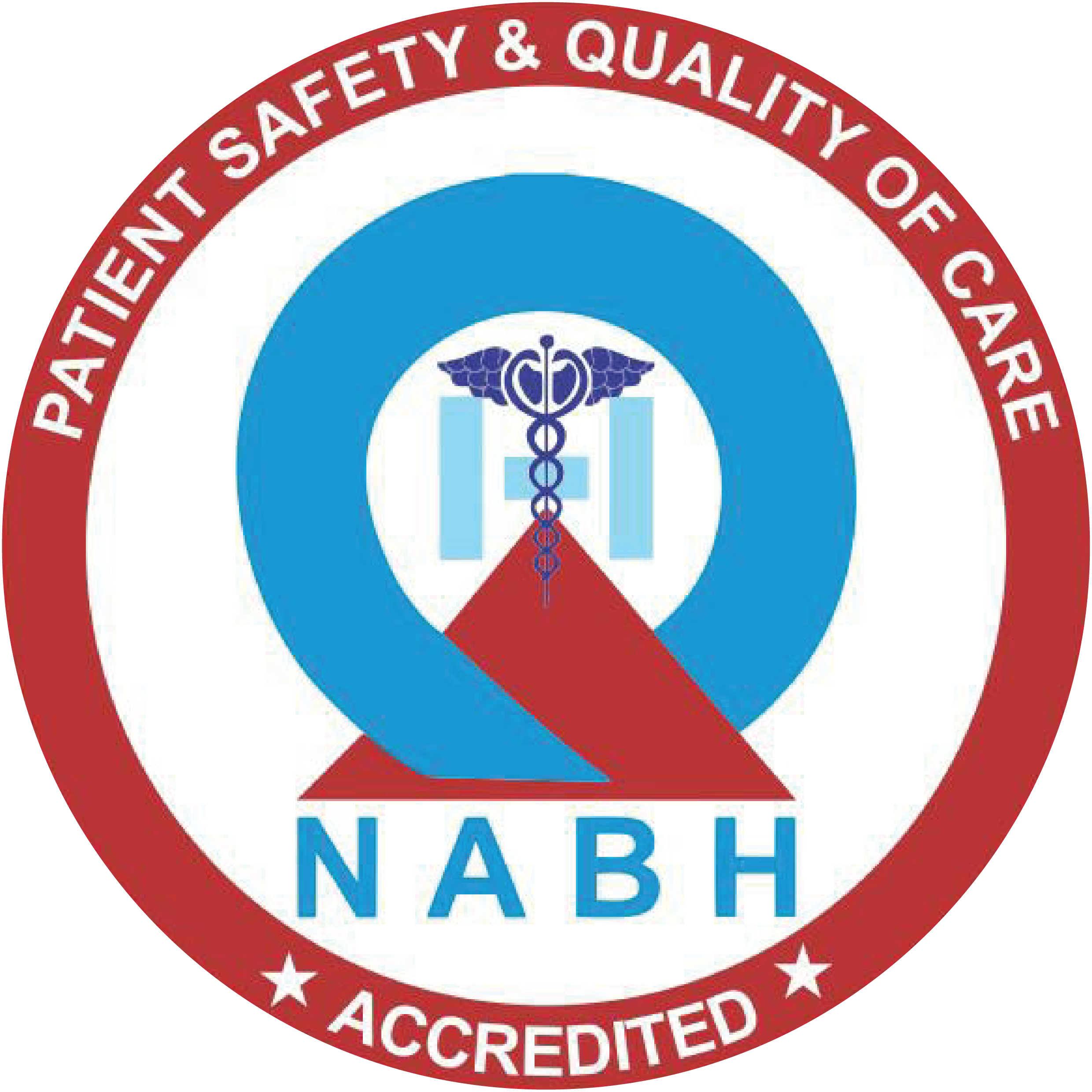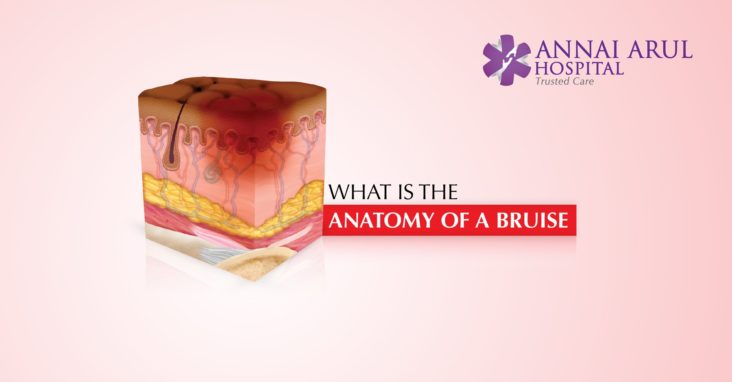There would be hardly anyone right from a small child to an aged person who has not got a bruise in their lifetime. We all get bruise from time to time. While walking you trip and fall, the door jams on your hand or you hit a hammer on your finger instead of the nail on the wall etc. Most of the time the bruise will cure by itself and you need not worry about anything, but if it does not go away then you need to give it some attention.
How does it happen?
The flat and purple coloured bruise happens when the blood leaks into the top layers of the skin. A ‘black eye’ is an example of this type of bruise. A hematoma happens when clotted blood forms lumps under the skin. When this happens the area gets swollen, raised and painful. A bruise on your head is an example of hematoma. Hematoma is different from haemorrhage that is heavy bleeding inside or outside the body.
Bruise Colours
When you get a bruise it may be black or dark red but as you heal the bruise changes colours. This is because an iron rich substance in the blood called haemoglobin breaks into other compounds. It is usually red right after injury and turns purplish or black and blue within a day or two. In another 5-10 days it may be green or yellow and by 10 to 14 days turn yellowish brown or light brown. The bruise should normally totally fade away in about 2 week’s time.
What to do on getting bruised?
On you getting bruised or someone getting a bruise immediately apply some ice pack or ice cubes to the area. The cold helps in controlling the swelling and help in shrinking the size of the black-and-blue mark. It slows the blood flow to the area, so less of it ends up leaking into the tissues. When you get a sudden bruise, take a bag of frozen veggies or fill a plastic bag with ice, wrap it in a towel and gently put it on the injured area. Leave the pack on for 15 to 20 minutes, then take it off for 30 minutes repeat the process, this will provide much relief from pain and help control the bruise.
Bruise on the limb
If you have banged your shin against some object and you are bruised then immediately keep your injured limp raised above your heart level if possible. This will keep the blood from pooling and help with the swelling by preventing it from getting larger. After a couple of days slowly use a heating pad or warm cloth to put some heat on it. Take an OTC painkiller
When to consult a doctor?
When after few hours you feel too much pain and moving your limb or arm can be difficult, while the bruise gets bigger and bigger then you need to meet a doctor. If the bruise is around the eyes and there is difficult in seeing or as days progress the swelling gets bigger. When you get a bump on your head or belly and the bruise is swelling you should consult a medical expert.
Bruise due to health issues
Sometimes bruise like marking appear on the skin due to various medical condition. These conditions can be bleeding disorders, liver disease and skin disorders.


